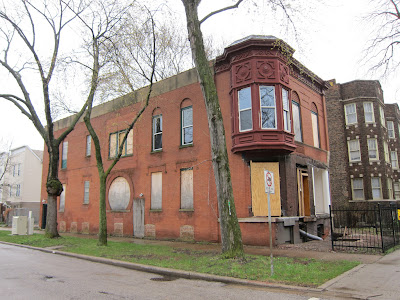Facebook's $100 billion IPO is just peeking at us over the horizon, inspiring floods of cheap ink and cheaper pixels. A recent Huffington Post article recounted the key stats from Zuck and the gang's SEC filing: 845 million members; 483 million daily users; profit of roughly $1 billion on revenues of $3.7 billion. Unlike competitors like Friendster, MySpace and Google Plus, Facebook seems to have found the hidden wardrobe into our minds, a backdoor to ubiquity. These networks thrive on pervasiveness, and Facebook has won the all-important popularity contest.
However, there are chinks in the hoodie. Facebook has reached 60% market penetration in the U.S. and the U.K., a saturation level that may prove difficult surmount. China, a tempting new market, is closed to them unless they submit to draconian censorship laws. Advertising comprises 85% of company revenues, which is likely to fall as third-party sites use the Facebook Platform to allow users to interact with their content directly. Zuckerberg's autocratic style and majority of voting shares has raised questions about corporate governance, especially after his questionable recent purchase of revenue-less Instagram for $1 billion. And, the existential question: other than its size, what is to prevent Facebook from becoming MySpace once something shinier and faster comes along?
Some of the comment sections for these articles scroll on endlessly, a cross-section of complaint and bluster, wondering at Facebook's omniscience while simultaneously submitting to it. I mean, after all, what does Facebook make exactly? What does it all mean? The Atlantic's Stephen Marche recently wrestled with these philosophical issues, writing:
"What Facebook has revealed about human nature—and this is not a minor revelation—is that a connection is not the same thing as a bond, and that instant and total connection is no salvation, no ticket to a happier, better world or a more liberated version of humanity. Solitude used to be good for self-reflection and self-reinvention. But now we are left thinking about who we are all the time, without ever really thinking about who we are. Facebook denies us a pleasure whose profundity we had underestimated: the chance to forget about ourselves for a while, the chance to disconnect."

































